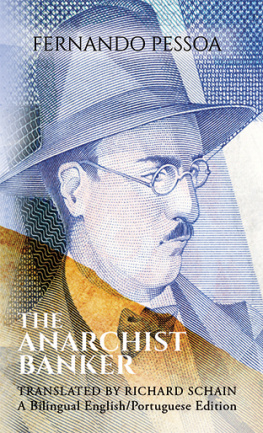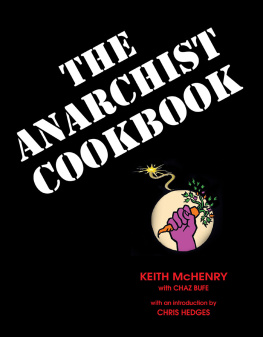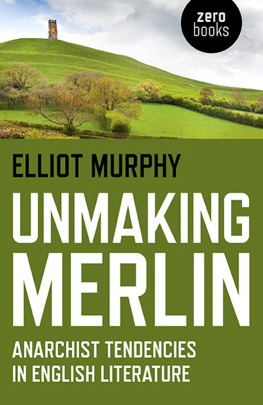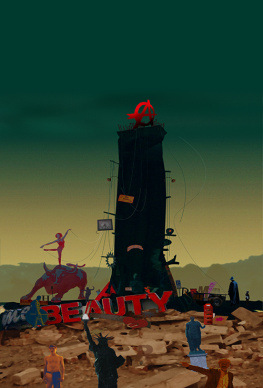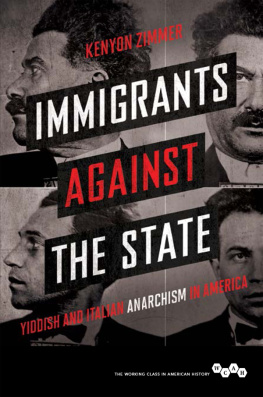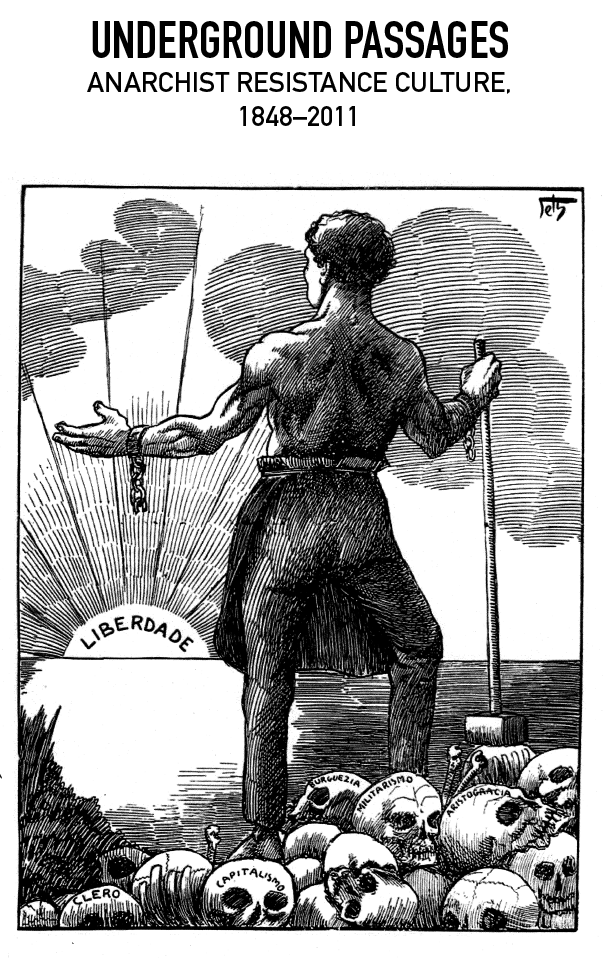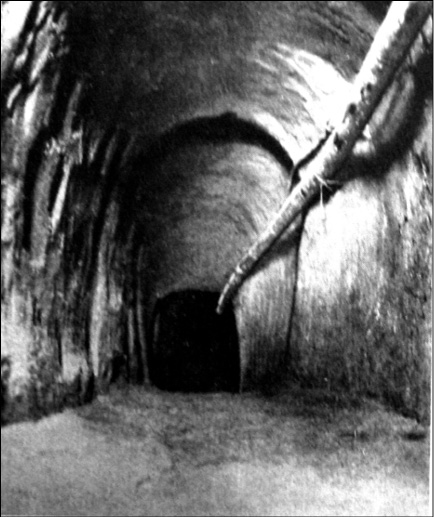Jesse Cohn - Underground Passages: Anarchist Resistance Culture, 1848-2011
Here you can read online Jesse Cohn - Underground Passages: Anarchist Resistance Culture, 1848-2011 full text of the book (entire story) in english for free. Download pdf and epub, get meaning, cover and reviews about this ebook. year: 2015, publisher: AK Press, genre: Religion. Description of the work, (preface) as well as reviews are available. Best literature library LitArk.com created for fans of good reading and offers a wide selection of genres:
Romance novel
Science fiction
Adventure
Detective
Science
History
Home and family
Prose
Art
Politics
Computer
Non-fiction
Religion
Business
Children
Humor
Choose a favorite category and find really read worthwhile books. Enjoy immersion in the world of imagination, feel the emotions of the characters or learn something new for yourself, make an fascinating discovery.

- Book:Underground Passages: Anarchist Resistance Culture, 1848-2011
- Author:
- Publisher:AK Press
- Genre:
- Year:2015
- Rating:3 / 5
- Favourites:Add to favourites
- Your mark:
Underground Passages: Anarchist Resistance Culture, 1848-2011: summary, description and annotation
We offer to read an annotation, description, summary or preface (depends on what the author of the book "Underground Passages: Anarchist Resistance Culture, 1848-2011" wrote himself). If you haven't found the necessary information about the book — write in the comments, we will try to find it.
There is, quite literally, nothing like this book available. Various studies of anarchist culture do exist, some quite good, but none approach the breadth or depth of Jesse Cohns study. He is able to do something different: explore what forms of anarchist resistance culture in different places and times have had in common, and therefore what made them specifically anarchist. Kenyon Zimmer, author of Immigrants against the State: Yiddish and Italian Anarchism in America
Readers [of Underground Passages] will appreciate how anarchist culture (poetry, songs, fiction, plays, illustrations, and films) was by no means monolithic in approach or rationale, since different anarchist creators at different times saw the importance of making anarchist resistance culture relevant to particular settings or deterritorializing it to give it a more global feel that fit with the transnational and internationalist dimensions of global anarchism. Kirwin Shaffer, author of Black Flag Boricuas: Anarchism, Antiauthoritarianism, and the Left in Puerto Rico, 18971921
What anarchists demanded from art was what they demanded from all aspects of their political lives: that it should, as much as possible, embody the principle in the practice, the end in the means. While prefiguring a post-revolutionary world, anarchists simultaneously created a richly textured resistance culture to sustain their ideals and identities amid everyday lives defined by capital and the state, allowing an escape from domination even while enmeshed in it. Underground Passages investigates and interrogates these creations across the history of the movement. Whether discussing famous artists like John Cage or Diane DiPrima or unknown and anonymous anarchist writers, Cohn shows how aesthetic shifts both reflected and influenced and political and economic ones. This is cultural criticism at its bestand most useful.
Jesse Cohn is the author of Anarchism and the Crisis of Representation: Hermeneutics, Aesthetics, Politics, and an associate professor of English at Purdue University North Central in Indiana.
Jesse Cohn: author's other books
Who wrote Underground Passages: Anarchist Resistance Culture, 1848-2011? Find out the surname, the name of the author of the book and a list of all author's works by series.


